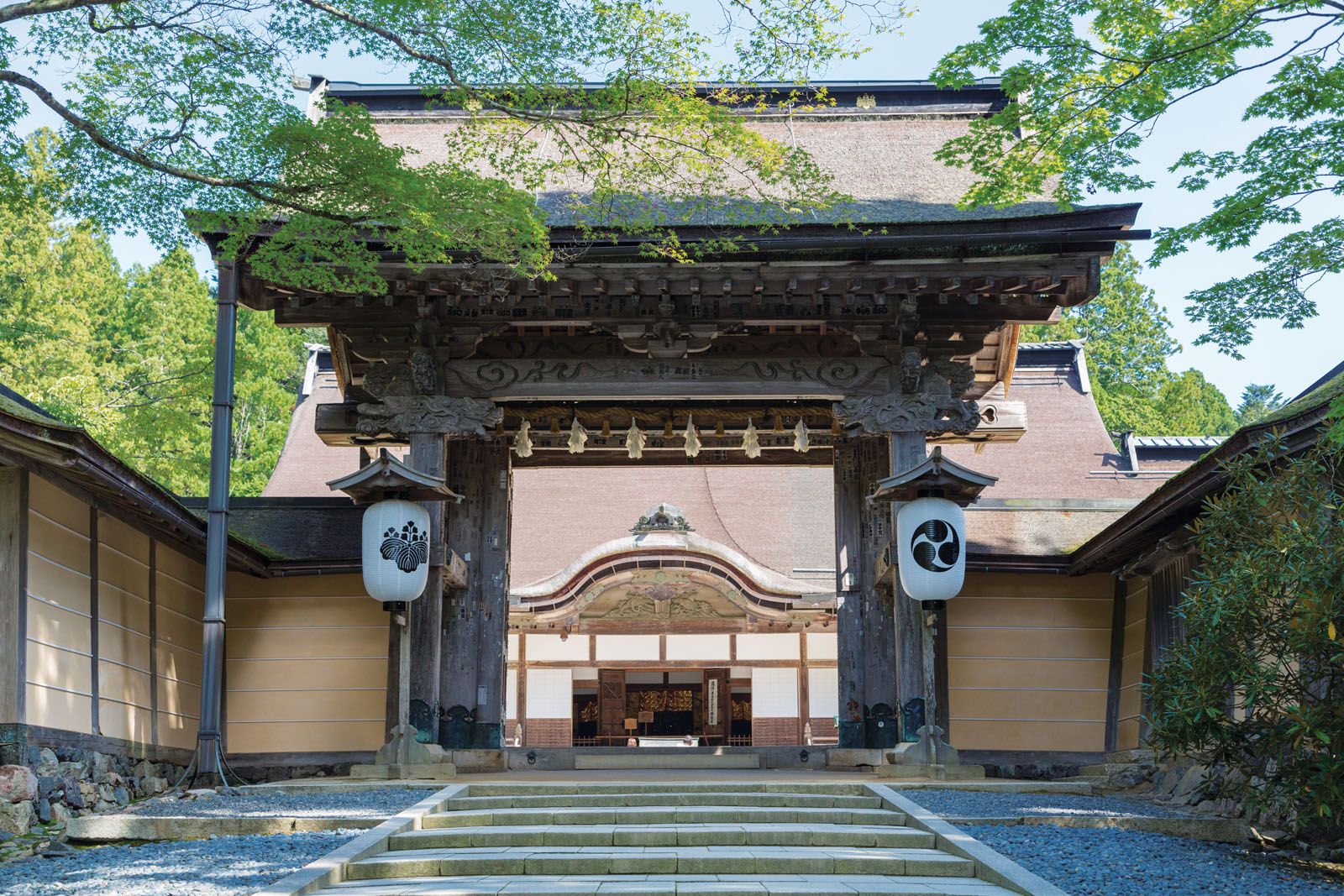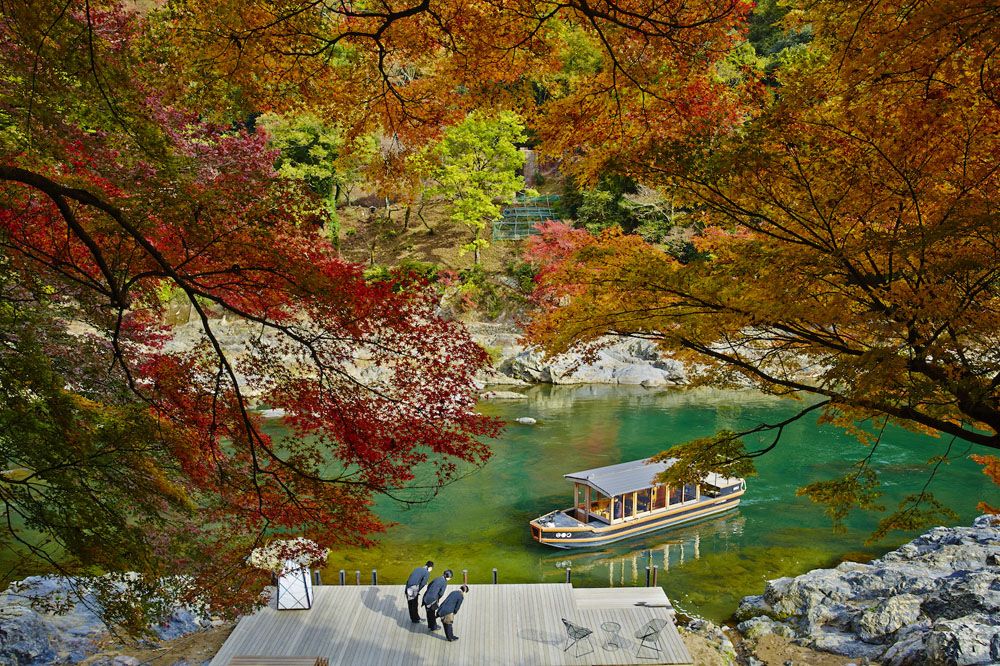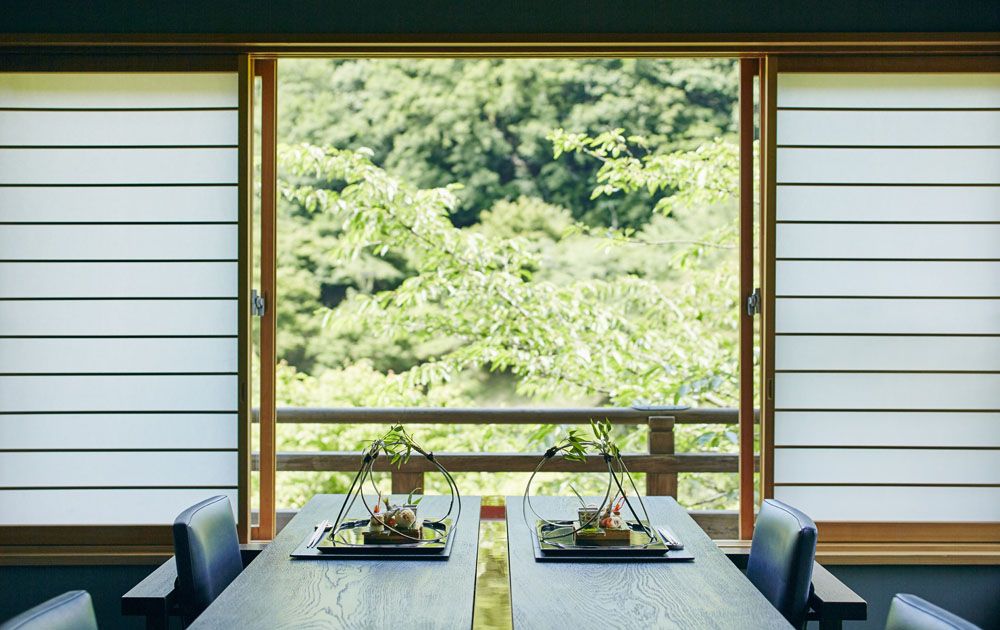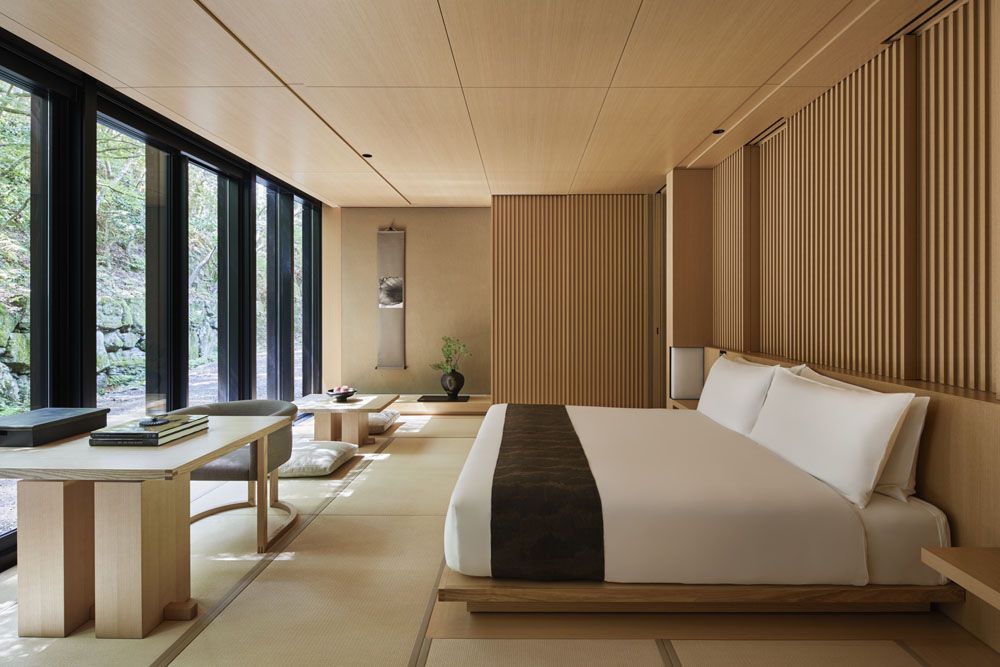Take the road less travelled and immerse yourself in spirituality in Kyoto—a perfect antidote to the hectic pace of modern life
If Tokyo is the modern beating heart of Japan, Kyoto is its old and beautiful soul. It undeniably holds court when it comes to history and tradition and is probably the best place to acquaint yourself in Japan’s unique cultural practices, whether it is the ritual behind a tea ceremony or the intricacies of wearing a kimono. There are multiple standouts on Kyoto’s tourist trail—the geisha district of Gion, the ethereal Kiyomizu temple and the iconic torii gates at the Fushimi Inari shrine immediately come to mind. It is also revered for its mastery of kaiseki, bustling coffee scene and the abundance of artisanal crafts such as lacquer and porcelain.

With so much to do in the city itself, it is not surprising that most visitors choose to spend their time taking in everything in the city centre. But in order to experience Kyoto’s true spirit, seasoned travellers should head to its quieter locales for mindful excursions that soothe the mind, body and soul. Our pick is Koyasan, an ancient village in the Wakayama Prefecture, that offers a deeper immersion into Japan’s sacred practices.









